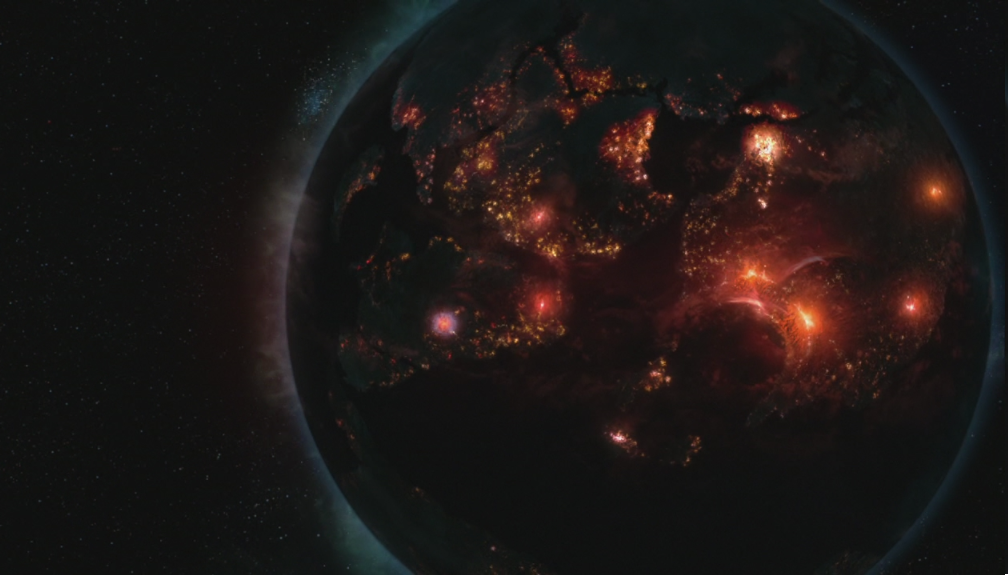"Yes, I know I'm a minefield, alright? You don't have to keep rubbing it in! Geez!"embarrassed minefields
The part about uplifting advanced species with spaceflight technology was interesting, and suggests we could be seeing a lot more major players as time goes on.So we are only getting 16 major nations along with minors.That seems a little small for grand strategy.


